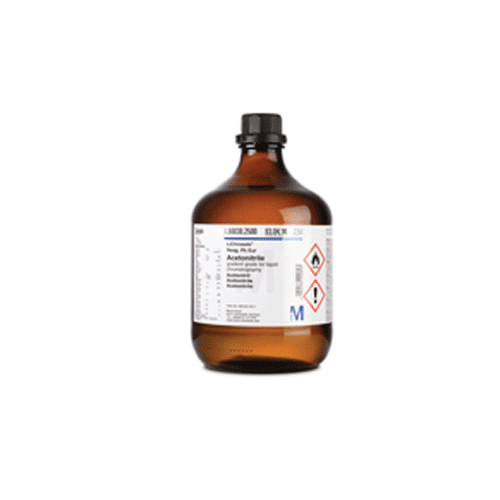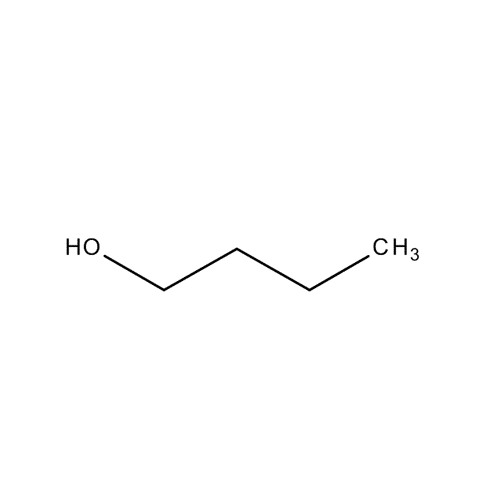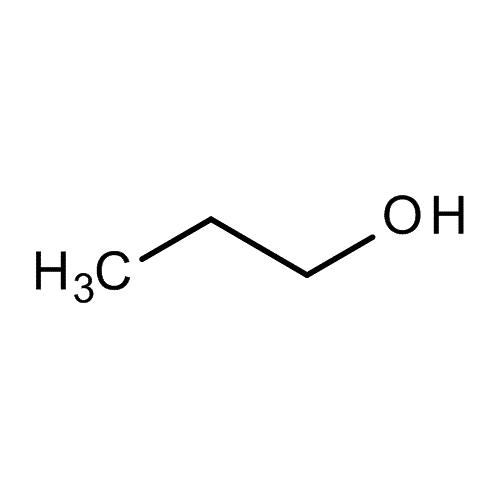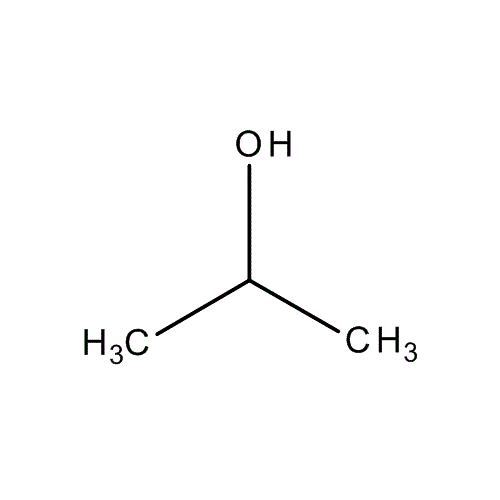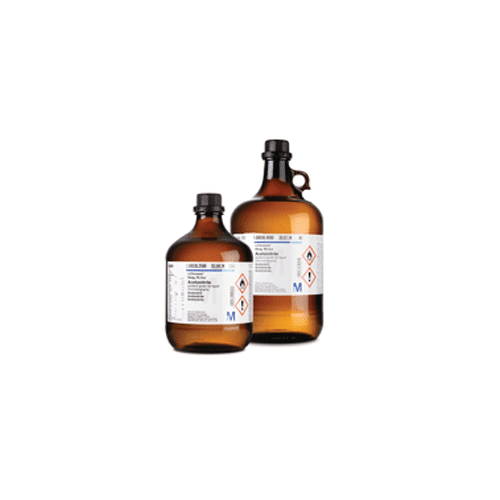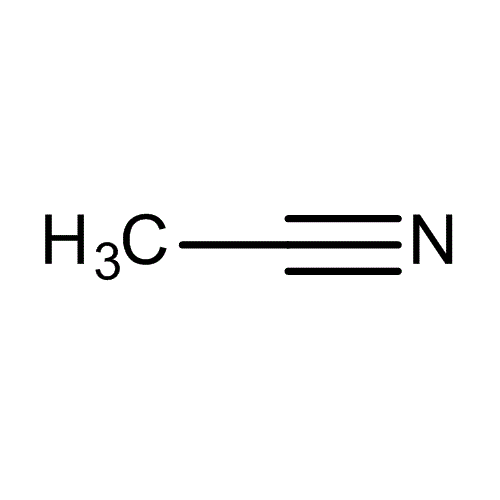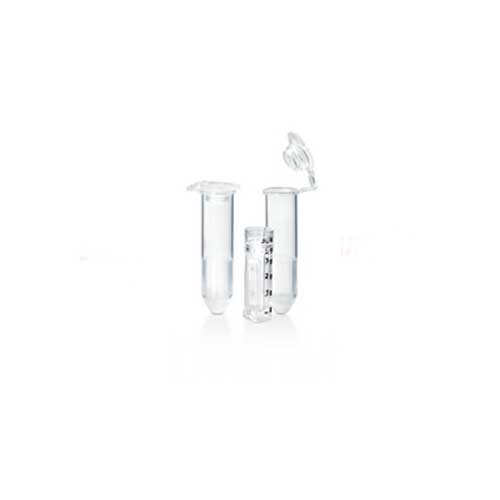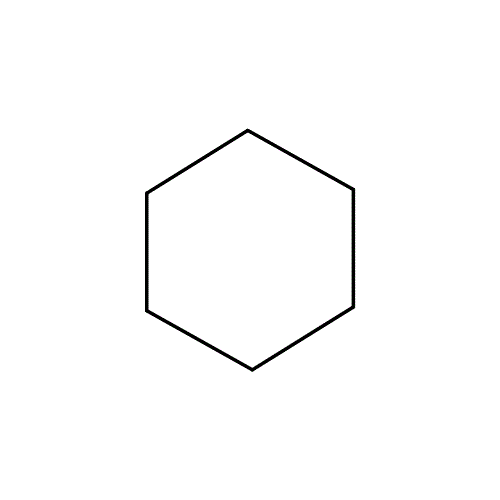1-Butanol for liquid chromatography LiChrosolv®
RM2,664.00Brand:
Merck
Description
CAS number: 71-36-3
Chemical Formula: CH₃(CH₂)₃OH
Molar Mass: 74.12 g/mol
Synonyms: Butan-1-ol, n-Butyl alcohol, BuOH
With their high degree of UV transmittance, low particle count, low acidity and alkalinity and low evaporation residue level, LiChrosolv® solvents are ideal for reproducible separations. Since separations are normally carried out under gradient conditions in analytical HPLC, we offer solvents in “gradient grade” as well as “isocratic grade”. This enables to minimize the gradient effect of the solvent involved. Filtered by 0.2 µm filter
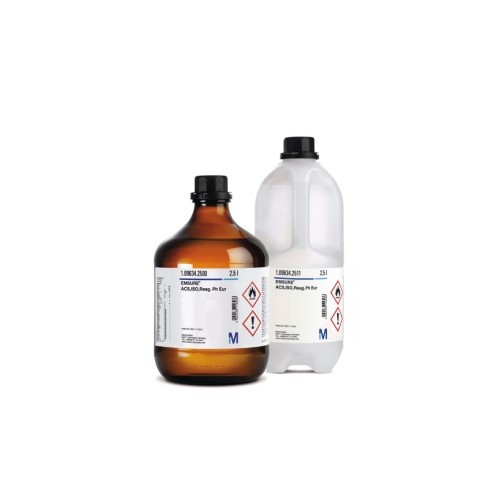
1-Propanol for analysis EMSURE® ACS,Reag. Ph Eur (Merck)
Price range: RM214.00 through RM448.00Brand:
Merck
Description
CAS number: 71-23-8
Chemical Formula: CH₃CH₂CH₂OH
Molar Mass: 60.1 g/mol
Synonyms: n-Propyl alcohol, Propan-1-ol
EMSURE® grade solvents are suitable for a broad spectrum of classical lab applications and are frequently used in regulated and highly demanding lab applications. EMSURE® provides worldwide best and most extensive product specifications. We declare our EMSURE® range to be in compliance with the ACS, with the reagent part of the European Pharmacopoeia (Reag. Ph Eur) and also with the ISO standards.
Product Specification and MSDS for 1-Propanol EMSURE® (Merck).
1-Propanol for liquid chromatography LiChrosolv®
RM1,694.00Brand:
Merck
Description
CAS number: 71-23-8
Chemical Formula: CH₃CH₂CH₂OH
Molar Mass: 60.1 g/mol
Synonyms: n-Propyl alcohol, Propan-1-ol
With their high degree of UV transmittance, low particle count, low acidity and alkalinity and low evaporation residue level, LiChrosolv® solvents are ideal for reproducible separations. Since separations are normally carried out under gradient conditions in analytical HPLC, we offer solvents in “gradient grade” as well as “isocratic grade”. This enables to minimize the gradient effect of the solvent involved. Filtered by 0.2 µm filter.

2-Propanol EMPLURA® (Merck)
RM91.00Brand:
Merck
Description
CAS Number: 67-63-0
Chemical Formula: CH₃CH(OH)CH₃
Molecular Weight: 60.1 g/mol
Synonyms: Isopropyl alcohol, Isopropanol, iso-Propanol, IPA
Quality Level: MQ200
2-Propanol gradient grade for liquid chromatography LiChrosolv®
RM888.00Brand:
Merck
Description
CAS number: 67-63-0
Chemical Formula: CH₃CH(OH)CH₃
Molar Mass: 60.1 g/mol
Synonyms: Isopropyl alcohol, Isopropanol, iso-Propanol, IPA
With their high degree of UV transmittance, low particle count, low acidity and alkalinity and low evaporation residue level, LiChrosolv® solvents are ideal for reproducible separations. Since separations are normally carried out under gradient conditions in analytical HPLC, we offer solvents in “gradient grade” as well as “isocratic grade”. This enables to minimize the gradient effect of the solvent involved. Filtered by 0.2 µm filter

2-Propanol, for analysis EMSURE® ACS,ISO,Reag. Ph Eur (Merck)
Price range: RM58.00 through RM133.00Brand:
Merck
CAS no.: 67-63-0
Grade: ACS,ISO,Reag. Ph Eur
Chemical Formula: CH₃CH(OH)CH₃
Synonym: Isopropyl alcohol, Isopropanol, iso-Propanol, IPA
Quality level: MQ300

Absolute Ethanol for Analysis EMSURE® ACS,ISO,Reag. Ph Eur (Merck)
Price range: RM430.00 through RM818.00Brand:
Merck
Description
CAS Number: 64-17-5
Chemical Formula: C₂H₅OH
Molecular Weight: 46.07 g/mol
Synonyms: Ethyl alcohol, EtOH
Quality Level: MQ300
EMSURE® grade solvents are suitable for a broad spectrum of classical lab applications, and are frequently used in regulated and highly demanding lab applications. EMSURE® provides worldwide best and most extensive product specifications. We declare our EMSURE® range to be in compliance with the ACS, with the reagent part of the European Pharmacopoeia (Reag. Ph Eur) and also with the ISO standards.
Product Specification and MSDS for absolute ethanol (Merck).

Acetic acid (glacial) 100%, anhydrous for analysis EMSURE® ACS,ISO,Reag. Ph Eur (Merck)
Price range: RM63.00 through RM138.00Brand:
Merck
CAS no.: 64-19-7
Grade: For analysis EMSURE® ACS,ISO,Reag. Ph Eur
Chemical Formula: CH₃COOH
Synonym: Ethanoic acid
Quality level: MQ300
Product specification and SDS for ACETIC ACID (GLACIAL) 100% for analysis EMSURE®.

Acetone for analysis EMSURE® ACS,ISO,Reag. Ph Eur
RM112.00Brand:
Merck
Description
CAS number: 67-64-1
Chemical Formula: CH₃COCH₃
Molar Mass: 58.08 g/mol
Synonyms: Dimethyl ketone, Propanone, 2-Propanone
EMSURE® grade solvents are suitable for a broad spectrum of classical lab applications and are frequently used in regulated and highly demanding lab applications. EMSURE® provides worldwide best and most extensive product specifications. We declare our EMSURE® range to be in compliance with the ACS, with the reagent part of the European Pharmacopoeia (Reag. Ph Eur) and also with the ISO standards.
Acetone for liquid chromatography LiChrosolv®
RM328.00Brand:
Merck
Description
CAS number: 67-64-1
Chemical Formula: CH₃COCH₃
Molar Mass: 58.08 g/mol
Synonyms: Dimethyl ketone, Propanone, 2-Propanone
With their high degree of UV transmittance, low particle count, low acidity and alkalinity and low evaporation residue level, LiChrosolv® solvents are ideal for reproducible separations. Since separations are normally carried out under gradient conditions in analytical HPLC, we offer solvents in “gradient grade” as well as “isocratic grade”. This enables to minimize the gradient effect of the solvent involved. Filtered by 0.2 µm filter.
Acetonitrile Gradient Grade for Liquid Chromatography LiChrosolv® Reag. Ph Eur. (Merck)
RM437.00Brand:
Merck
Description
CAS number: 75-05-8
Chemical Formula: CH₃CN
Molar Mass: 41.05 g/mol
Synonyms: ACN, Methyl cyanide, Ethyl nitrile, Cyanomethane
With their high degree of UV transmittance, low particle count, low acidity and alkalinity and low evaporation residue level, LiChrosolv® solvents are ideal for reproducible separations. Since separations are normally carried out under gradient conditions in analytical HPLC, we offer solvents in “gradient grade” as well as “isocratic grade”. This enables to minimize the gradient effect of the solvent involved. Filtered by 0.2 µm filter. Suitable for UPLC / UHPLC /Ultra HPLC – instruments.
Amicon® Ultra Filter
Price range: RM747.00 through RM1,676.00Brand:
Merck
Description
Applications Include:
Concentration of biological samples containing antigens, antibodies, enzymes, nucleic acids, or microorganisms.
Purification of macromolecular components found in tissue culture extracts or cell lysates.
Primer removal, PCR cleanup, removal of linkers or macromolecular labels from a reaction mix, and protein removal prior to HPLC.
Desalting, buffer exchange and protein dialysis.
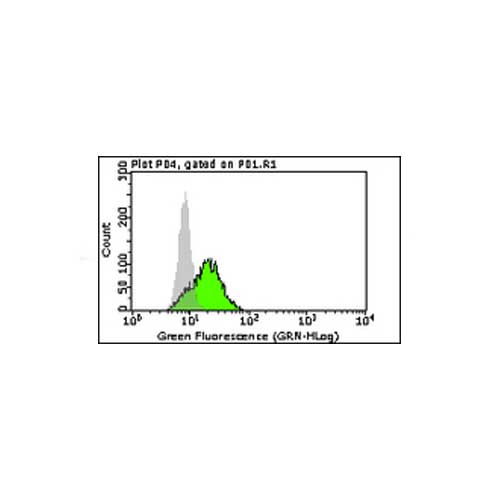
Anti-Glutamate Receptor 2, extracellular, clone 6C4, Alexa Fluor® 488 Conjugate
RM2,510.00Brand:
Merck
Description
Glutamate receptors (GluRs) can be categorized as ionotropic or metabotropic and subcatergorized by their agonist preferences (NMDA, AMPA or Kainic acid). There are four types of AMPA selective GluR subunits (GluR1, GluR2, GluR3 and GluR4). Tetrameric or pentameric combinations of different subunits contributes to the functional diversity of AMPA receptors. In general, AMPA receptors mediate fast synaptic current at most excitatory synapses, with stoichiometry characterized by subtype composition. Although subunit composition of AMPA receptors varies, they must contain at least one edited GluR2 subunit to be calcium impermeable. The critical residue controlling calcium permeability is in the pore loop region. In GluR1, GluR3, and GluR4, this positionis occupied by a Gln residue. In GluR2, it is occupied by an Arg residue. It has been shown experimentally that the presence of Arg in this position blocks CA2+ ion permeability, while a Gln does not. Relative calcium permeability in AMPA receptor channels may be significant in pathological neurotoxic damage and long term changes in nervous system responses. Research focus area: Neuroscience
Key Applications:
-ELISA
-Immunocytochemistry
-Immunohistochemistry
-Immunoprecipitation
-Radioimmunoassay
-Western Blotting
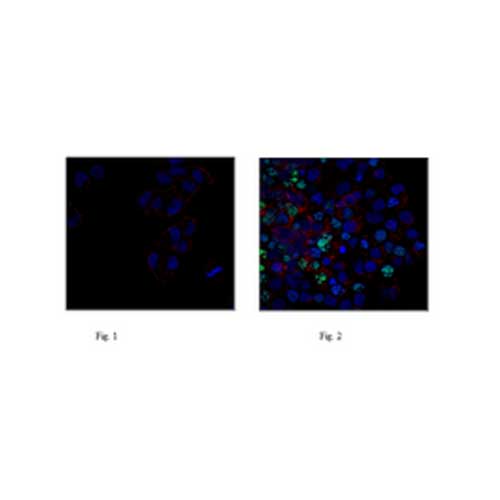
Anti-phospho Histone H2A.X (Ser139), clone JBW301, Alexa Fluor® 488 Conjugate
RM2,707.00Brand:
Merck
Description
Histone H2A.X is a variant of histone H2A, and is similarly associated with genomic DNA. However, histone is structurally different from other members of the H2A family in possessing a C-terminal tail that contains the Ser139 residue that is phosphorylated in response to breaks in double-stranded DNA. The phosphorylation of H2A.X is a rapid process that is mediated by ATM/ATR proteins.

Anti-phospho Histone H2A.X (Ser139), clone JBW301, Alexa Fluor® 647 Conjugate
RM2,566.00Brand:
Merck
Description
As a member of the histone H2A family, histone H2A.x (H2A.x) is a variant histone H2A which replaces conventional H2A in a subset of nucleosomes. H2A.x is involved in the DNA repair of double-strand breakage (DSB) damage on nuclear DNA. After a double strand DNA break, H2A.x is rapidly phosphorylated at serine 139 by ATM kinase and becomes gamma-H2AFX. This phosphorylation step can extend up to several thousand nucleosomes from the actual site of the DSB and may mark the surrounding chromatin for recruitment of proteins required for DNA damage signaling and repair. As a part of posttranslational modifications during apoptosis caused by severe DNA damage, high expression of phosphorylated H2A.x is considered as an accurate indicator of apoptosis.
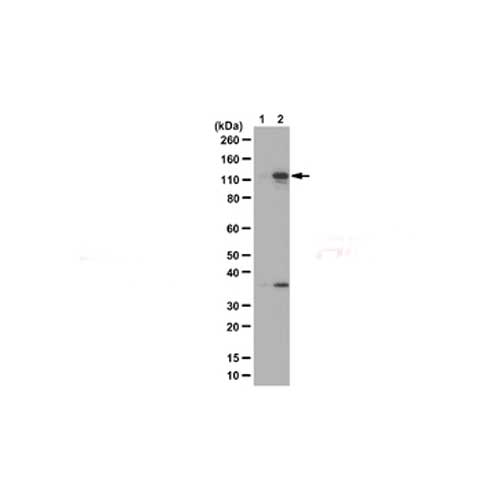
Anti-phospho-MYPT1 (Thr696) Antibody
RM0.00Brand:
Merck
** This product has been discontinued, please contact us for more information.
Description
Myosin phosphatase target subunit 1 (MYPT1), also called Myosin-binding subunit of Myosin phosphatase, is one of the subunits and an integral component of the Myosin phosphatase. Myosin phosphatase regulates the interaction of Actin and Myosin downstream of the guanosine triphosphatase Rho, which inhibits Myosin phosphatase through the action of Rho-kinase. It is also involved in smooth muscle contraction. Inhibition of Myosin light chain phosphatase results in Ca2+ sensitization of smooth muscle contraction. This inhibition is modulated through phosphorylation of MYPT1 by a ZIP-like kinase, which associates with MYPTI and phosphorylates the inhibitory site in smooth muscle. The phosphorylation of MYPT1 by protein kinase C results in altered dephosphoryation of Myosin by attenuating the binding of protein phosphatase 1 catalytic subunit (PP1c) and the phosphorylated 20 kDa Myosin light chain to MYPT1. PP1c interacts with at least four binding sites on the amino-terminus of MYPT1. MYPT1 is localized on stress fibers, and is distributed close to the cell membrane and at cell-cell contacts to regulate Myosin phosphatase activity.

Bactident® Coagulase (Merck)
RM428.00Brand:
Merck
Description
HS Code: 3002 12 00
Quality level: MQ100
Coagulase:
– Staphylococcus aureus ATCC 25923 (WDCM 00034): Positive (+)
– Staphylococcus epidermidis ATCC 12228 (WDCM 00036): Negative (-)
– Negative control: Negative (-)
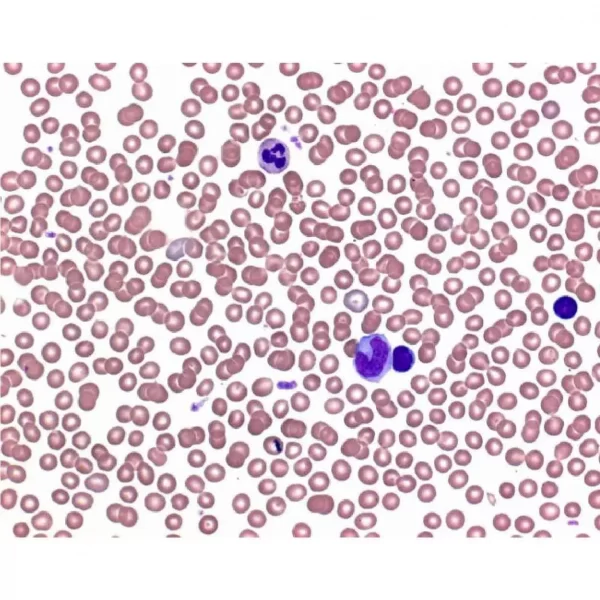
Buffer tablets pH 6.8, Merck
RM403.00Brand:
Merck
Description
Buffer tablets with a pH of 6.8 are recommended for the preparation of buffer solutions according to WEISE for the staining of blood smears. These tablets are used to make buffer solutions and pH-buffered staining solutions, specifically phosphate buffer solutions, which are commonly used in hematology. They are also used to dilute staining solutions and rinse stained samples during the staining process.
100 buffer tablets are sufficient for preparing 100 liters of buffer solution, and each solution can remain stable for up to four weeks. The buffer tablets according to WEISE are in vitro diagnostic products that are CE registered.
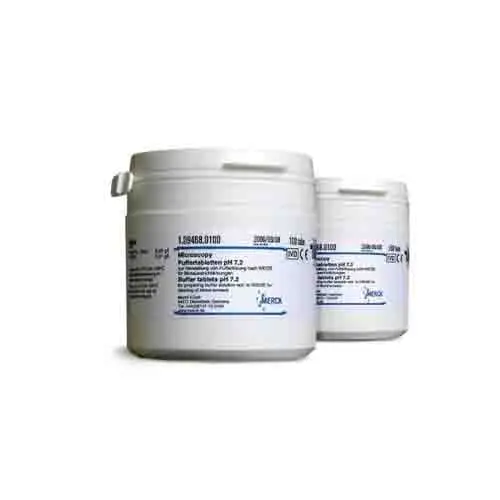
Buffer tablets pH 7.2, Merck
RM439.00Brand:
Merck
Buffer tablets pH 7.2 – for preparing buffer solution acc. to WEISE for staining of blood smears, are used to prepare buffer solutions according to WEISE and pH-buffered staining solutions. Phosphate buffer solutions are used in hematology, for the dilution of staining solutions and for the rinsing steps in the staining process. The buffer tablets acc. to Weise will produce a buffered solution (pH6.4/pH6.8/pH7.2) that stabilizes the staining result and gives reproducible staining results. Buffer solution acc. to Weise pH 6.4 results in bright-orange stained erythrocytes and differentiated stained cells with nuclei, whereby the erythrocytes are stained orange when using pH 6.8. Buffer solution acc. to Weise pH 7.2 produces grayish stained erythrocytes and intense red-violet stained cells with nuclei.
100 tablets are sufficient for 100 l buffer solution, each produced solution can be stable up to 4 weeks. Buffer tablets acc. to Weise are IVD products and CE registered.
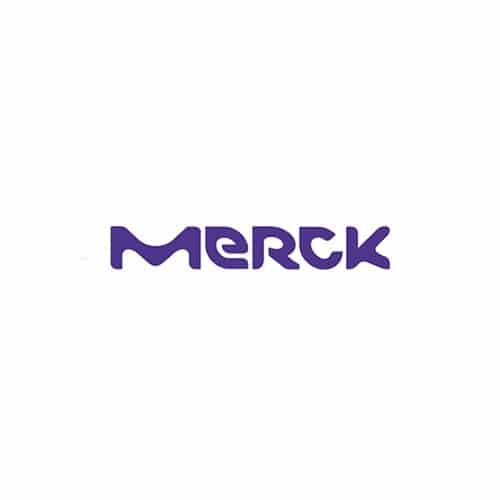
BugBuster® Protein Extraction Reagent
Price range: RM1,385.00 through RM3,648.00Brand:
Merck
Description
Protein stability is fundamental to all aspects of protein research, including analysis by Western blotting. Combine our gentle protein extraction kits with protease inhibitors to obtain stabilized, intact and active proteins.
BugBuster® Master Mix combines BugBuster Protein Extraction Reagent with Benzonase®Nuclease and rLysozyme™ Solution in one convenient reagent. BugBuster Master Mix allows for maximum recovery of active soluble protein from both Gram-negative and Gram-positive bacteria. With the Master Mix, there is no need for dilution or separate addition steps. The two available package sizes provide sufficient reagents for protein extraction from 20 g and 100 g cell paste.

CombiTitrant 5 , 1L (Merck)
RM661.00Brand:
Merck
Description
CAS Number : 7553-56-2
Density : 1.19 g/cm3 (20 °C)
One-component reagent for volumetric Karl Fischer titration 1 ml ≙ ca. 5 mg H₂O Aquastar®

Cyanide Test, Merck
RM1,209.00Brand:
Merck
The method corresponds to DIN 38405-13 and is analogous to ISO 6703, EPA 335.2, APHA 4500-CN- E, and ASTM D2036-09 D.
This Spectroquant® Cyanide Reagent Test allows the accurate quantification of the free and readily liberated cyanide content in aqueous samples.
Method applied: Cyanide ions react with a chlorinating agent to form cyanogen chloride. In a follow-up reaction with 1,3-dimethylbarbituric acid in the presence of pyridine a violet dye (König reaction) is formed which is determined photometrically (only free cyanide. For readily liberated cyanide samples must be decomposed by digestion).
The Spectroquant® Reagent Test Kits contain highly stable, ready-to-use reagent mixtures to perform the analysis according to the procedure described in the accompanying instruction leaflet.
All our Cell and Reagent Test Kits are equipped with the unique Live ID which allows seamless method recognition and contains essential information such as lot number, expiry date, and automatic calibration updates.

Cyclohexane for analysis EMSURE® ACS,ISO,Reag. Ph Eur (Merck)
Price range: RM84.00 through RM175.00Brand:
Merck
CAS no.: 110-82-7
Grade: For analysis EMSURE® ACS,ISO,Reag. Ph Eur
Chemical Formula: C₆H₁₂
Synonym: Hexahydrobenzene, Hexamethylene, Naphthene
Quality level: MQ300
Product specification and SDS for Cyclohexane for analysis EMSURE®.
Cyclohexane for liquid chromatography LiChrosolv®
RM799.00Brand:
Merck
Description
CAS number: 110-82-7
Chemical Formula: C₆H₁₂
Molar Mass: 84.16 g/mol
Synonyms: Hexahydrobenzene, Hexamethylene, Naphthene
With their high degree of UV transmittance, low particle count, low acidity and alkalinity and low evaporation residue level, LiChrosolv® solvents are ideal for reproducible separations. Since separations are normally carried out under gradient conditions in analytical HPLC, we offer solvents in “gradient grade” as well as “isocratic grade”. This enables to minimize the gradient effect of the solvent involved. Filtered by 0.2 µm filter

